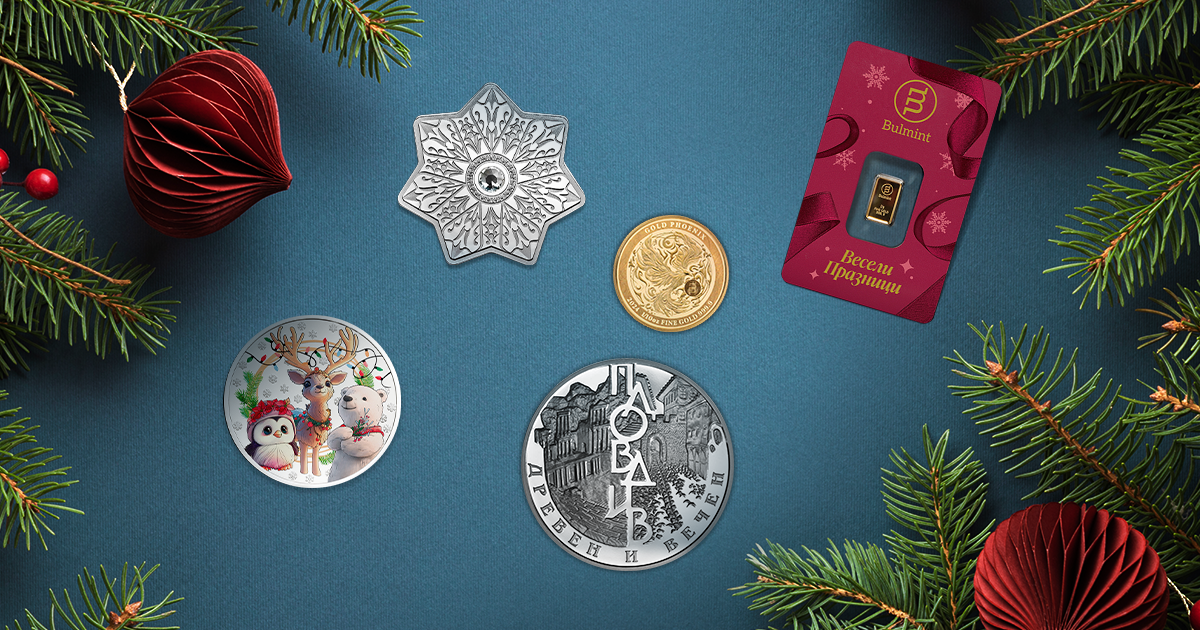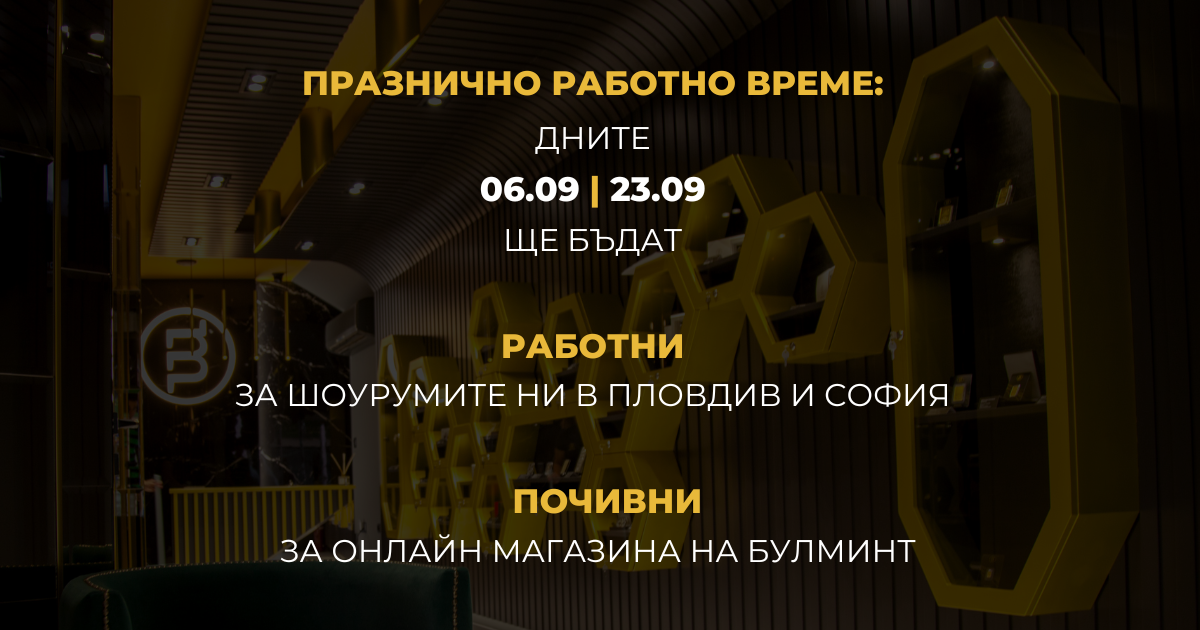
For the prices of gold and silver in the context of the COVID-19 outbreak
Published on 28 April 2020
It is a common opinion that the end price of an investment product of gold or silver is determined solely by the stock exchange price of the metal plus the premium of the manufacturer and/or trader. Indeed, these are some of the factors that influence pricing, but there are others we aim to address in this article.
When you buy gold or silver jewelry, you know that their price consists of two components - the price of gold per gram and the cost of workmanship. With investment products, pricing is not much different. The only difference is that for investment products, the price of gold per gram is higher because it is for 24 carats rather than 14 or 18, as is usually the case with jewelry.
To continue the analogy, let us note that the production of gold or silver bars is a long process that involves certain costs. The better part of them is related to the realization of investment products and the need for serious capital to carry on the business. Secondly, there is the high cost of transporting precious metals, as well as their storage. Next are the costs associated with metalworking, labor costs, consumables, packaging, etc. Last but not least - the material and technological base required for the production of precious metal products is of an industrial nature and requires large investments. Investment product traders and dealers usually charge their premium on an already finished final product purchased from a refinery or mint, while most of the cost remains for manufacturers.
Under normal market conditions, the price of gold and silver and the cost of producing investment products from these precious metals are relatively stable and in predictable values. However, this is not the case in times of turmoil and crisis. In the situation caused by the coronavirus pandemic and the anticipated economic crisis, new factors have emerged that have led to many changes in the market.
The main factor in the current situation is the physical lack of raw material. Historically, gold has always played the role of a safe haven in a difficult economic or crisis environment. The situation is the same at the moment - gold is being massively bought by state central banks, investment funds, or private investors for the purpose of acquiring a liquid asset. This makes the physical supply of raw material extremely difficult, with small quantities available on the secondary markets trading speculatively at values well above current stock quotes. In these uncertain conditions, the tendency is to acquire investment products rather than sell them, especially in view of the expected higher prices in the future.
Secondly, the rising price of gold. Since the beginning of last year, we have seen a gradual and steady increase in the price of gold. Despite small temporary downturns, the trend is to go up. For comparison, at the beginning of January 2019, the price for an ounce of gold is $ 1 287.20, and at the beginning of January 2020, it is $ 1 520.55. The global political environment and the economic war between the US and China were among the main factors influencing this record growth. Now, however, in the global coronavirus pandemic situation, we are witnessing a new peak in the price of gold - $ 1 741.90 as of April 14, 2020. Experts expect the price to rise further because of the economic crisis that the pandemic will cause.
The price of silver, though at a different pace than gold, is also moving up. We have seen some drop over the past month, leading to a record gold-silver ratio of 126. Historically, the highest ratio was 100.27 in 1991. This decrease in the price can be explained to some extent by the fact that more than half of the mined silver is used in the industry, so the industrial demand determines its price to a greater extent. In the context of the pandemic and the reduced production, demand for silver is decreasing and hence the price. However, its investment demand is increasing - both from private investors and from central banks, which again drives the price up.
Thirdly, we are faced with a situation that many working businesses are currently up against - closed borders, limited transport and logistics. The situation with COVID-19 changed the completely established order of delivery of precious metals. Currently, almost all transport companies refuse to carry precious metals, and many insurers refuse to insure such shipments. Those who do, however, offer conditions and prices at times higher than usual. Many refineries are also closed, so the supply of physical gold and silver is more difficult, irregular, and at much higher prices.
All these factors to a large extent determine the final purchase price of physical gold and silver. Of course, there remains the premium for traders and dealers, which is a fixed percentage and usually ranges between 1-5%.
In summarizing the circumstances affecting the precious metals market, let us not forget one of the main features that distinguishes investment gold from investment silver - unlike gold, silver is not VAT exempt.
This article is not intended to provide a comprehensive analysis of the situation or to persuade you to acquire investment products. What we aim is to give another perspective on existing factors that affect investment product pricing but are not that obvious at first glance.


